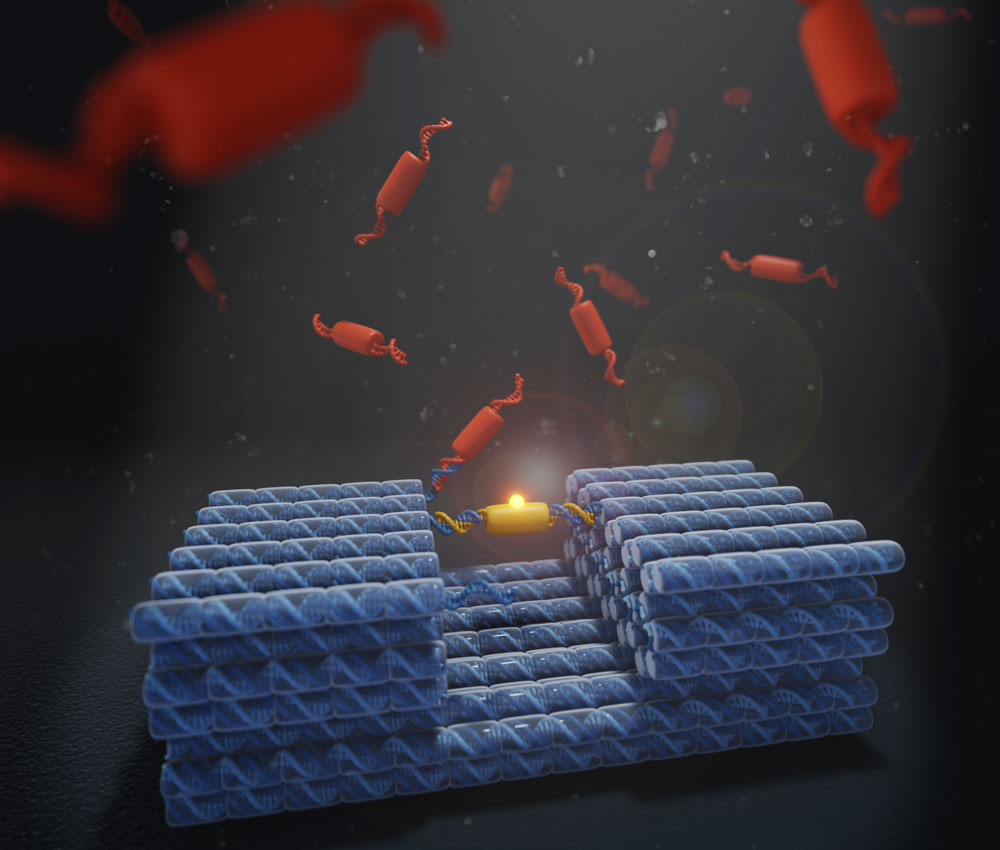Nanomachines: Learning from Nature to Revolutionize Nanotechnology
What are Nanomachines?
Nanomachines are nanoscale devices that can perform specific tasks at the molecular level. These tiny machines, typically ranging from 1 to 100 nanometers in size, are found in both biological systems and artificially created structures. Biological nanomachines have evolved over millions of years to carry out crucial functions in living organisms, while artificial nanomachines are being developed by researchers to mimic and enhance these natural systems. The study of biological nanomachines and the application of biomimetic principles are crucial for advancing the field of nanotechnology and creating innovative solutions to various challenges.

Biological Nanomachines: Nature's Blueprints
Nature has been perfecting nanomachines through billions of years of evolution, creating highly efficient and sophisticated systems that perform vital functions in living organisms. Some remarkable examples of biological nanomachines include:
- ATP Synthase: This enzyme complex acts as a molecular motor, harnessing the energy from proton gradients to drive the synthesis of ATP, the primary energy currency of the cell.
- Kinesin and Dynein: These motor proteins transport cargo along microtubules within cells, using the energy from ATP hydrolysis to "walk" along the microtubule tracks.
- Ribosomes: These complex nanomachines, composed of RNA and proteins, translate the genetic code into functional proteins by catalyzing the assembly of amino acids into polypeptide chains.
These biological nanomachines showcase the incredible precision, efficiency, and adaptability that nature has achieved through evolutionary processes. By studying these systems, researchers can gain valuable insights into the design principles and mechanisms that can be applied to the development of artificial nanomachines.
Biomimetic Approaches to Nanomachine Design
Biomimetics, the imitation of natural systems and processes in the design of artificial devices, plays a crucial role in the development of advanced nanomachines. By learning from the strategies employed by biological nanomachines, researchers can create more efficient, adaptable, and sustainable artificial systems. Some key biomimetic approaches in nanomachine design include:
Molecular Recognition and Self-Assembly
Biological nanomachines rely on molecular recognition and self-assembly to create complex, functional structures from simple building blocks. By mimicking these principles, researchers can design artificial nanomachines that can self-assemble into desired configurations and perform specific tasks. For example, DNA origami techniques leverage the base-pairing properties of DNA to create intricate nanostructures with programmable shapes and functions.
Energy Transduction Mechanisms
Biological nanomachines have evolved efficient mechanisms for converting various forms of energy, such as chemical or light energy, into mechanical work. By studying these energy transduction processes, researchers can develop artificial nanomachines that can harness energy from their environment to power their functions. For instance, light-driven molecular motors and chemically-powered nanoactuators take inspiration from the energy conversion strategies employed by natural systems.
Adaptive and Responsive Behavior
Living organisms exhibit remarkable adaptability and responsiveness to changes in their environment, a property that is often mediated by biological nanomachines. By incorporating adaptive and responsive elements into artificial nanomachine design, researchers can create systems that can adjust their behavior based on external stimuli or changing conditions. This biomimetic approach can lead to the development of smart nanomachines for applications in drug delivery, biosensing, and environmental monitoring.
By leveraging these biomimetic principles, researchers are bridging the gap between natural and artificial nanomachines, creating hybrid systems that combine the best of both worlds. This synergistic approach holds immense potential for revolutionizing various fields, from medicine and manufacturing to energy and environmental sustainability.
Applications and Future Outlook
The integration of biomimetic principles in nanomachine design has opened up a wide range of potential applications. In medicine, bioinspired nanomachines could enable targeted drug delivery, minimally invasive surgeries, and real-time monitoring of physiological processes. In manufacturing, biomimetic nanomachines could enable the precise assembly of materials and devices from the bottom up, leading to novel materials with enhanced properties. In environmental remediation, nanomachines that mimic natural processes could be deployed to efficiently remove pollutants or catalyze beneficial chemical reactions.
As the field of biomimetic nanomachines continues to evolve, researchers are focusing on developing more sophisticated and integrated systems that can perform complex tasks with high efficiency and specificity. The convergence of biomimetics with other emerging technologies, such as artificial intelligence, synthetic biology, and advanced materials science, could lead to the creation of truly transformative nanomachines that blur the boundaries between natural and artificial systems.
However, the development of advanced nanomachines must be guided by a strong ethical framework and a deep understanding of the potential risks and implications. By learning from nature's wisdom and applying it responsibly, we can harness the incredible potential of nanomachines to address some of the most pressing challenges facing humanity, while ensuring the sustainable and equitable development of this transformative technology.
Further Reading
Coordination Chemistry Reviews, Bio-inspired molecular machines and their biological applications
